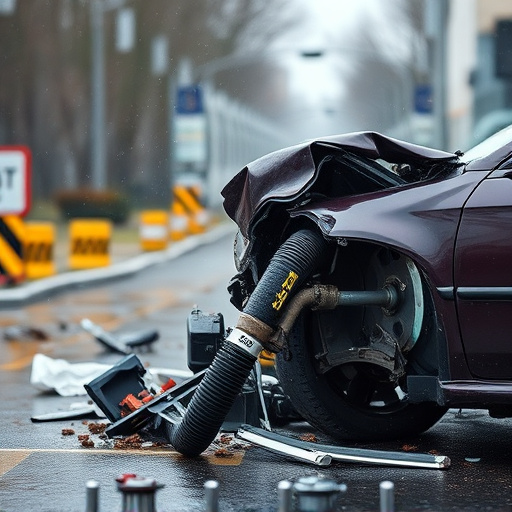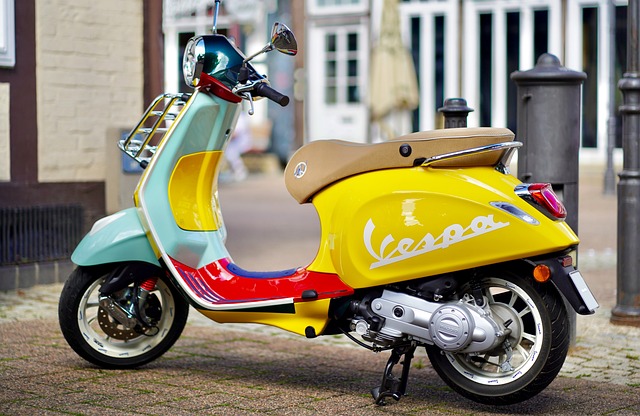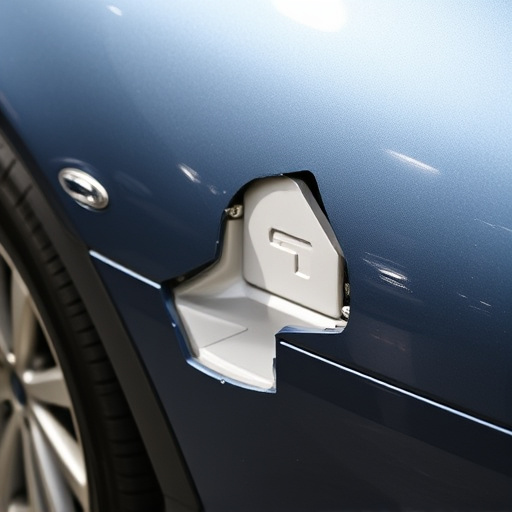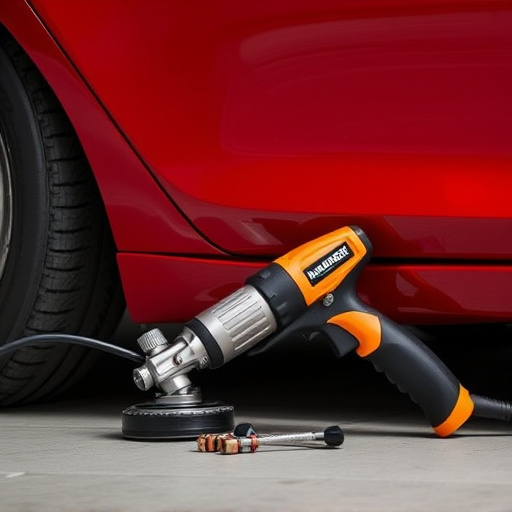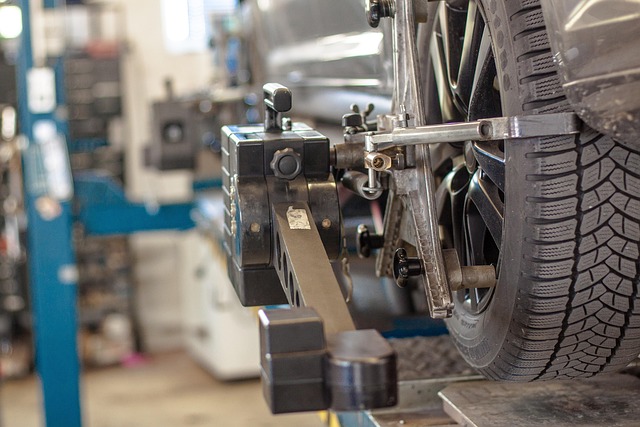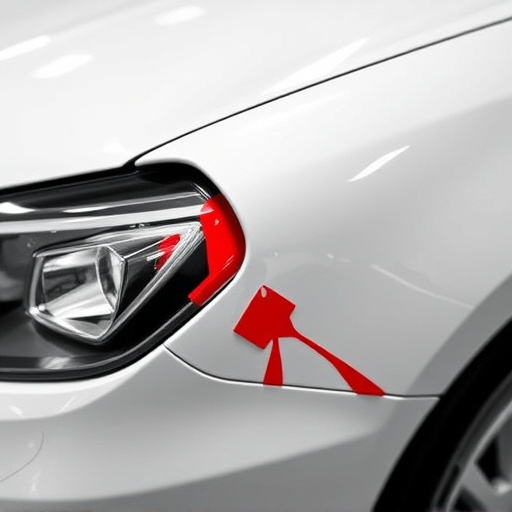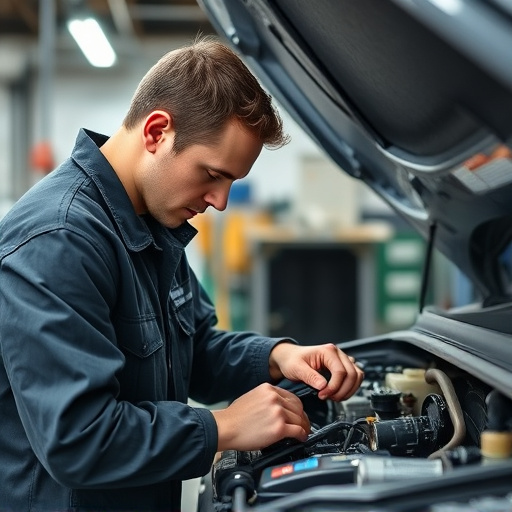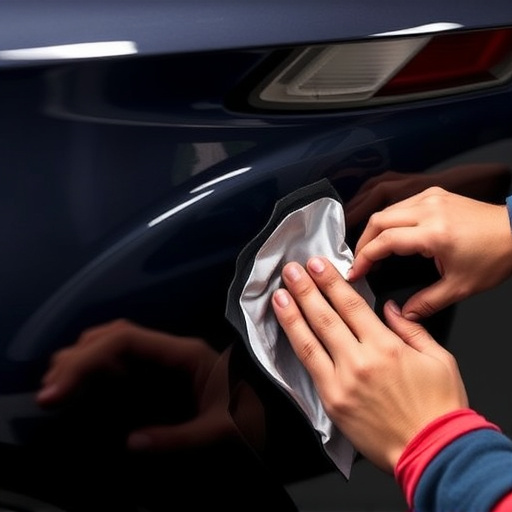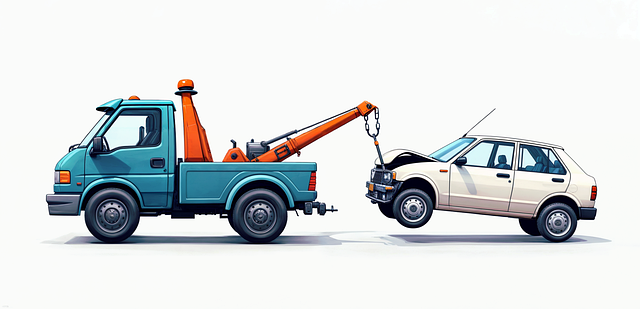Heat welding is a revolutionary technique for repairing complex plastic bumpers on vehicles, offering durable bonds, preservation of original factory finishes, and reduced environmental impact. This specialized process involves precise temperature control to soften and fuse plastic components, ensuring seamless repairs that match the vehicle's aesthetics and structural integrity. Ideal for collision repair centers, heat welding is an efficient, cost-effective solution for various car models and years, setting a new standard in auto body work.
Heat welding is transforming the landscape of plastic bumper repair, offering a game-changing solution for advanced repairs. This innovative technique fuses broken or damaged plastic components together using focused heat, creating a strong, durable bond. In this article, we’ll explore the advantages of heat welding over traditional methods and provide a step-by-step guide to ensure successful implementation in plastic bumper repair services. Discover how this modern approach enhances efficiency, quality, and customer satisfaction in today’s auto care industry.
- Understanding Heat Welding for Plastic Bumper Repair
- The Advantages of Using Heat Welding Techniques
- Step-by-Step Guide to Heat Welding in Plastic Bumper Repair
Understanding Heat Welding for Plastic Bumper Repair

Heat welding is a specialized technique that has revolutionized plastic bumper repair in vehicle body shops and collision repair centers. Unlike traditional adhesive methods, this process involves the use of heat to fuse two or more pieces of plastic together. By applying precise temperature control, heat welding allows for a strong and durable bond, ensuring structural integrity in car body repair. This method is particularly effective for repairing complex geometric shapes found in modern vehicle bumpers, where other joining techniques might struggle.
In a collision repair center or car body repair facility, heat welding offers numerous advantages. It provides a faster turnaround time compared to painting or adhesive repairs, reducing the overall cost of bumper replacement. The technique also preserves the original factory finish, maintaining the vehicle’s aesthetic appeal. Moreover, heat welding is highly versatile, applicable to various types of plastic, ensuring compatibility with different car models and years. This adaptability makes it a go-to method for many skilled technicians in their plastic bumper repair processes.
The Advantages of Using Heat Welding Techniques

Heat welding offers several advantages when it comes to repairing plastic bumpers on vehicles, making it a preferred method in the auto body shop services industry. This technique is particularly effective for auto body work involving complex designs and intricate parts, ensuring precise and durable results. By applying heat, the welder can soften and fuse the plastic, allowing for seamless integration of damaged or broken components. This process is not only efficient but also environmentally friendly, as it reduces waste and minimizes the need for toxic adhesives.
In collision repair services, heat welding provides a reliable solution for restoring the original aesthetics of a vehicle. The technique ensures strong bonds that can withstand everyday wear and tear, making repaired bumpers look as good as new. Moreover, its precision allows for intricate details to be replicated, maintaining the overall quality and value of the vehicle. This advanced method has revolutionized plastic bumper repair, offering an alternative to traditional techniques and elevating the standards in auto body work.
Step-by-Step Guide to Heat Welding in Plastic Bumper Repair
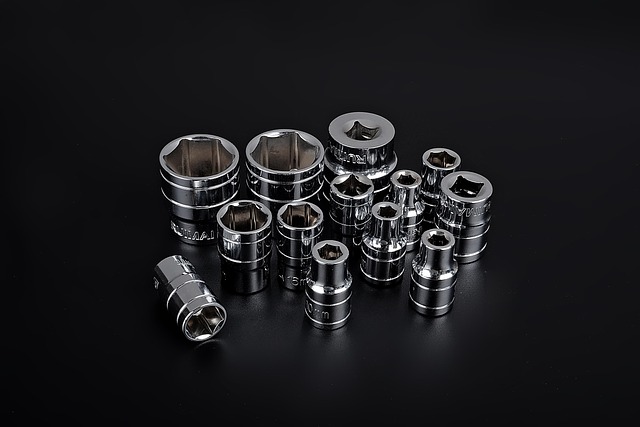
Heat welding is a specialized technique employed by skilled technicians at top-tier auto collision centers for intricate plastic bumper repair. This method involves using heat to fuse broken or damaged plastic components, offering a durable and precise solution. Here’s a step-by-step guide to this process:
1. Preparation: The first step in plastic bumper repair using heat welding is thorough preparation. Technicians carefully clean the affected area, ensuring no debris remains. They then identify the specific parts to be welded, marking them for alignment.
2. Heating and Fusing: Next, a heat gun is used to apply precise bursts of controlled heat to the damaged plastic. The heat softens the material, allowing it to be molded and shaped. Skilled technicians direct the heat with great care, ensuring it reaches all necessary areas while avoiding overheating, which could damage surrounding components. As the plastic heats up, it becomes pliable, enabling the technician to align and fuse the broken pieces together seamlessly.
3. Cooling and Shaping: Once the plastic is fused, the heat source is removed, and the joined area is allowed to cool. During this phase, technicians may use tools like clamps or presses to maintain alignment until the plastic hardens completely. After cooling, any excess material is carefully trimmed away, leaving a clean, seamless repair that blends perfectly with the rest of the bumper. This meticulous process ensures that the repaired section not only looks like new but also retains its structural integrity, delivering top-quality auto detailing results and restoring the vehicle to optimal condition through superior auto repair services.
Heat welding has emerged as a game-changer in the realm of plastic bumper repair, offering advanced solutions with numerous advantages. By utilizing this precise technique, professionals can now efficiently restore damaged bumpers to their original state, ensuring longevity and maintaining the vehicle’s aesthetic appeal. This innovative approach, coupled with a step-by-step guide, enables skilled technicians to navigate the process seamlessly, making plastic bumper repair more accessible and effective than ever before.
